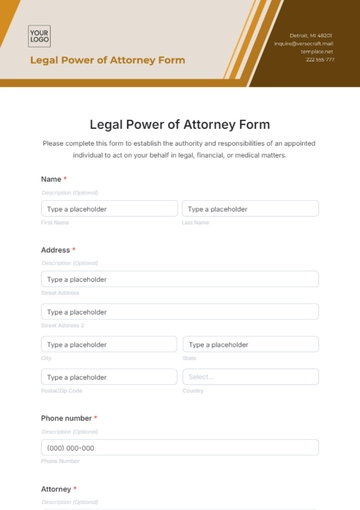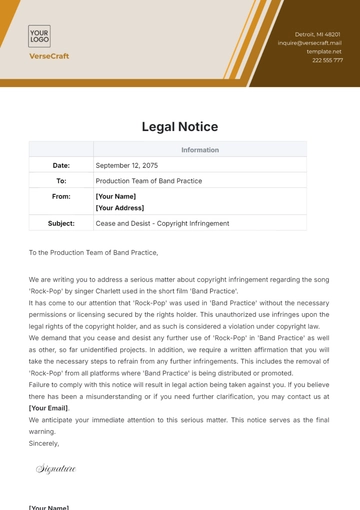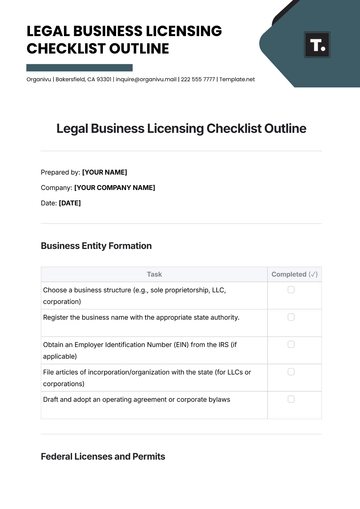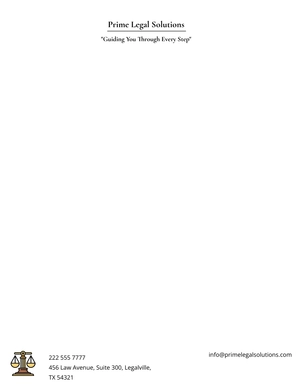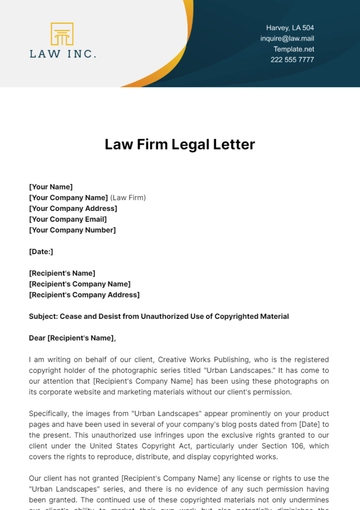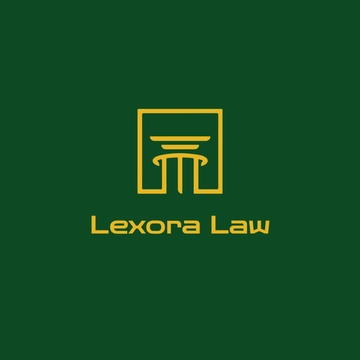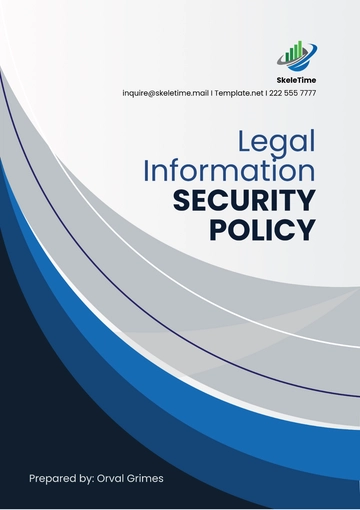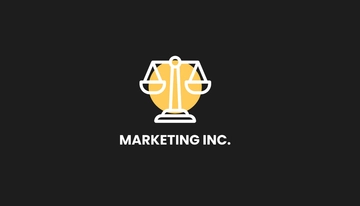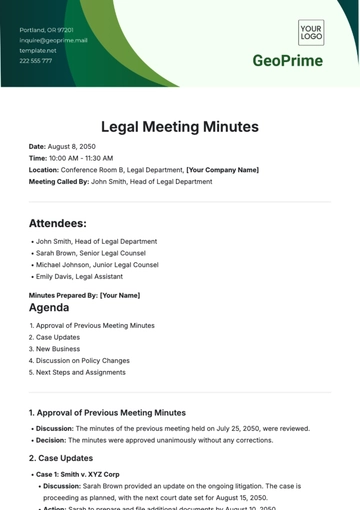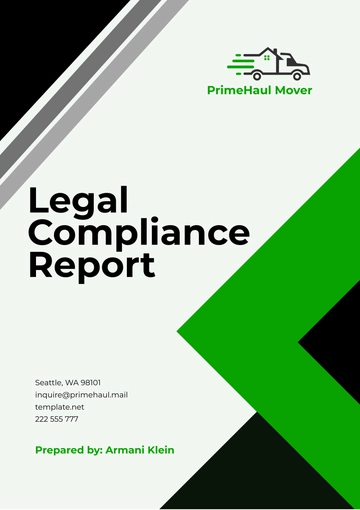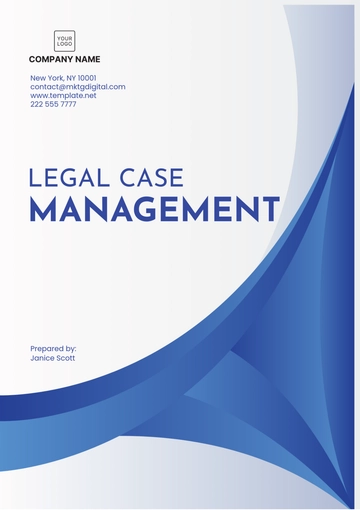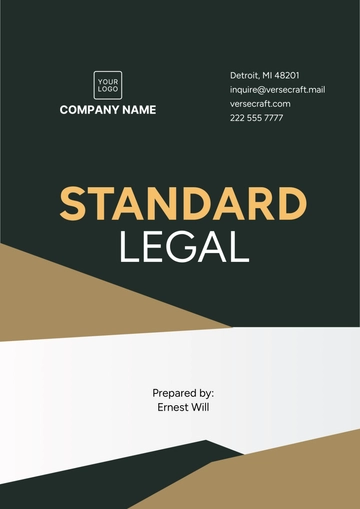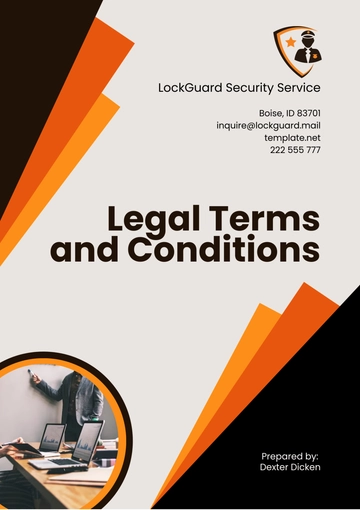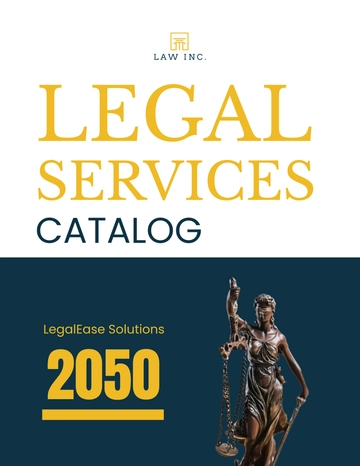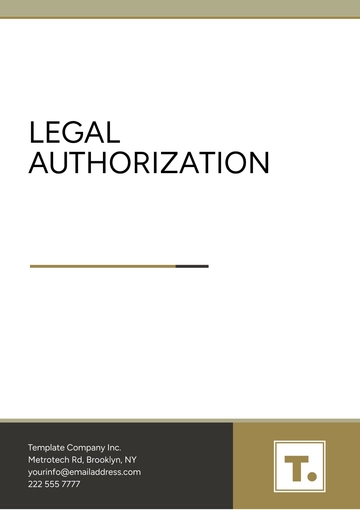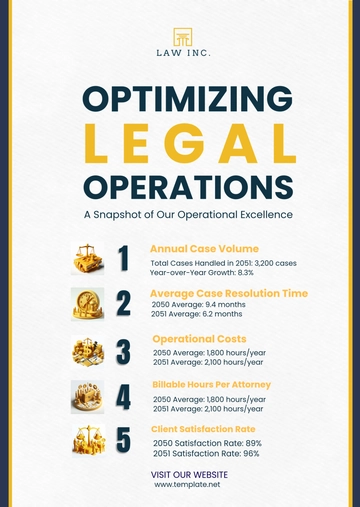Free Health & Safety Legal Compliance Management Journal
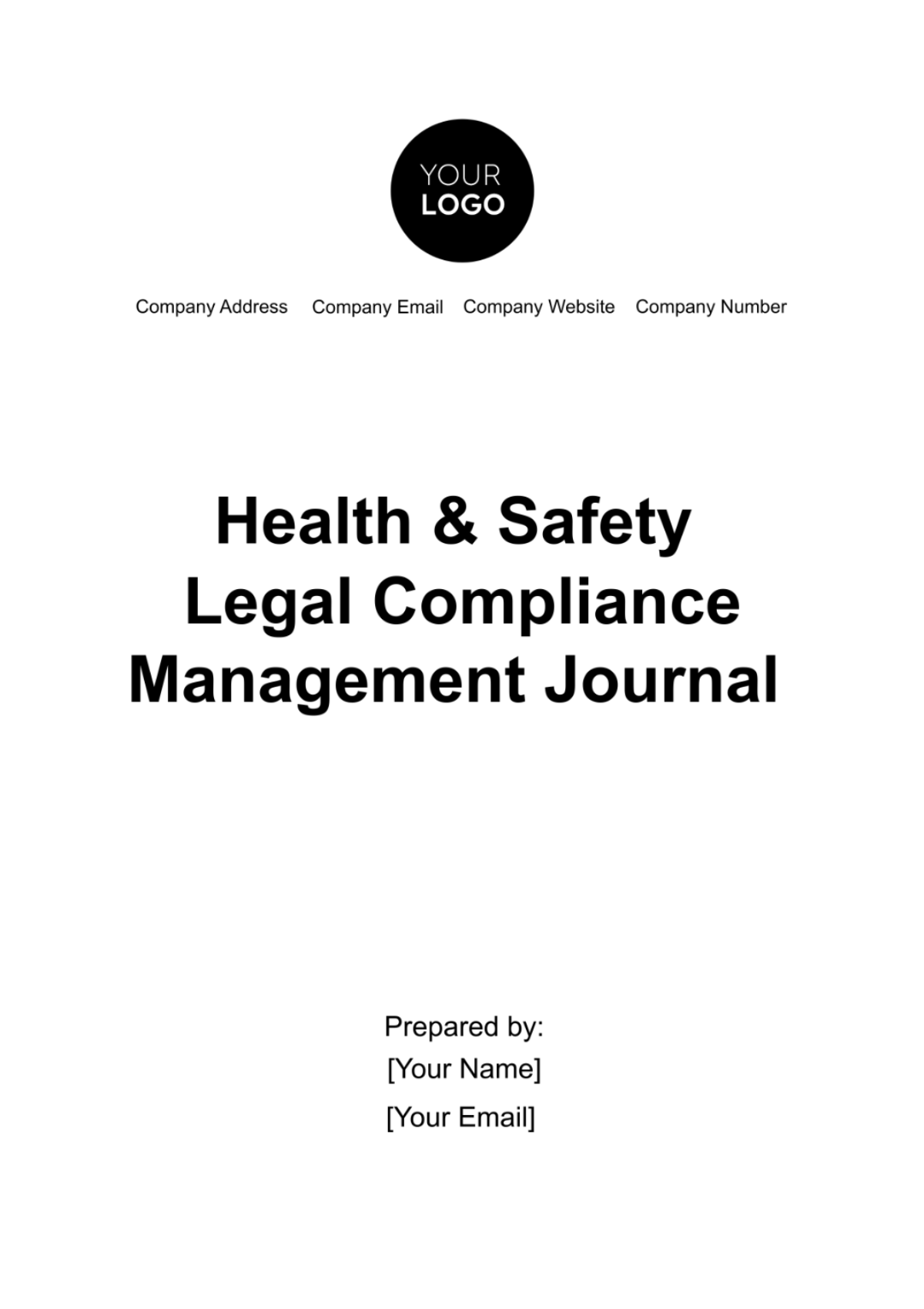
I. Introduction
This journal stands as a record, detailing the organization's unwavering dedication to employee well-being and strict adherence to legal and regulatory standards. Through safety audits, legal compliance assessments, and proactive activities, the journal provides a transparent account of the organization's commitment to excellence in health and safety management.
II. Safety Audit
The table below documents the outcomes of a Safety Audits conducted:
Audit Date | Audit Description | Audit Result | Action Items |
03/15/2050 | In-depth Analysis of Health and Safety Compliance | Partial Compliance Identified | Enhance Emergency Response Training |
The partial compliance signifies a nuanced scenario where certain aspects of the health and safety protocols meet the required standards, while others necessitate refinement. In this case, the focus on enhancing Emergency Response Training emerges as a crucial action item.
III. Legal Compliance Audit
The table below outlines the specifics of the Legal Compliance Audits conducted:
Audit Date | Compliance Areas Assessed | Findings | Audit Status |
[03/17/2050] | Health and Safety Standards | Inadequate documentation of safety training. | Enhance documentation processes records. |
The audit on [March 17, 2050], undertook a sweeping examination of the organization's legal compliance in the context of health and safety standards. Focusing on the critical aspect of safety training documentation, the audit revealed a finding indicating inadequacies in the current record-keeping practices.
Specifically, the identified gap in documenting safety training records highlights a crucial area where the organization falls short of meeting compliance standards. Inadequate documentation not only poses a risk in terms of regulatory adherence but also jeopardizes the overall effectiveness of safety training initiatives.
IV. Compliance Activities
A. Training and Education
A critical component of ensuring a secure and compliant workplace lies in the meticulous execution of training and education initiatives. The table below outlines the specifics of the Training and Education Compliance Activity:
Training Date | Training Name | Responsible Department | Training Status |
03/27/2050 | Employee Safety Orientation | Health & Safety (H&S) | Completed |
The completion status of the Employee Safety Orientation signifies a milestone in the organization's compliance activities, indicating that employees have undergone the necessary training to enhance their awareness and understanding of safety protocols. This accomplishment is not merely a procedural checkmark; it reflects a proactive approach to instilling a culture of safety within the workforce.
The Health & Safety department's pivotal role in spearheading this training initiative underscores the organization's strategic allocation of responsibilities, ensuring that compliance activities are executed by specialized units with the expertise to address specific aspects of health and safety.
B. Policy and Procedure Updates
Continual adaptation of policies and procedures is integral to maintaining a robust compliance framework. The table below outlines the specifics of the Policy and Procedure Updates Compliance Activity and the respective update dates:
Update Date | Description | Responsible Department | Update Status |
04/19/2050 | Emergency Evacuation Procedures Review | Safety Department | In Review |
The organization took a proactive stance in ensuring the efficacy of its emergency response protocols through the initiation of an Emergency Evacuation Procedures Review. The Safety Department, with its specialized expertise, assumed the responsibility for overseeing this critical update. This update involves a comprehensive examination of existing protocols, considering factors such as technological advancements, changes in infrastructure, and emerging best practices in emergency management.
The Safety Department's involvement ensures that this review aligns seamlessly with health and safety standards, thereby enhancing the organization's overall compliance posture. This commitment to continuous improvement in policies and procedures underscores the dynamic nature of compliance activities, ensuring that the organization remains agile and prepared in the ever-changing landscape of health and safety regulations.
C. Equipment Inspection and Maintenance
Safeguarding the workplace involves meticulous inspection and maintenance of critical equipment. The table below outlines the Equipment Inspection and Maintenance Compliance Activity:
Inspection Date | Equipment Type | Inspection Details | Responsible Team | Inspection Status |
04/25/2050 | Fire Extinguishers | Visual Inspection, Pressure Check | Maintenance Team | Completed |
The status indicates that the visual inspection and pressure check were successfully executed, affirming the operational viability of the Fire Extinguishers. This multifaceted assessment ensures that the equipment is not only present but also in optimal working order, ready to respond effectively in the event of an emergency.
D. Workplace Hazard Assessment
Preserving a safe workplace necessitates vigilant assessment and mitigation of potential hazards. This table below focuses on the organization's commitment to this crucial aspect:
Assessment Date | Area/ Department | Hazard Identification | Responsible Team | Assessment Status |
05/04/2050 | Mfg Floor | Machine Guarding, Slip Hazards | Safety Department | Completed |
ZOn [May 4, 2050], the organization proactively engaged in a comprehensive Workplace Hazard Assessment, focusing on the Manufacturing Floor. The Safety Department, renowned for its expertise in identifying and mitigating risks, played a pivotal role in this critical endeavor. This proactive approach underscores the organization's commitment to not only meeting regulatory standards but surpassing them by actively addressing potential risks that could compromise the safety of employees.
E. Emergency Preparedness
Effective emergency preparedness is paramount for ensuring the safety of personnel and mitigating potential risks. This following table sheds light on the organization's dedication to this essential aspect:
Activity Date | Emergency Activity | Responsible Department | Activity Status |
04/18/2050 | Fire Drill | Safety Department | Completed |
The completion of this activity signifies not just a procedural accomplishment but a tangible step towards enhancing the organization's resilience in the face of unforeseen events. It fosters a culture where emergency preparedness is not viewed as a mere obligation but as a shared responsibility to ensure the safety and well-being of everyone in the workplace.
As the organization progresses, insights gained from this activity can inform refinements to emergency response plans, ensuring that they remain adaptive and effective. This ongoing commitment to emergency preparedness reinforces the organization's dedication to a safe and secure working environment, positioning it as a leader in proactive risk management and compliance with emergency response standards.
V. Regulatory Changes
A. OSHA Compliance
Staying abreast of regulatory changes is imperative for maintaining a compliant and secure workplace. The table below delves into the organization's response to recent updates in OSHA regulations:
Update Date | Details | Status | Implemented Changes |
05/11/2050 | New Regulations for Chemical Handling | Completed | Updated Training Program and Equipment Checks |
On [May 11, 2050], the organization promptly responded to the latest OSHA regulations concerning chemical handling, showcasing a commitment to maintaining compliance with evolving standards. The implemented changes, focusing on the enhancement of the training program and equipment checks, underscore the organization's proactive approach to address the nuances of the new regulations.
B. Environmental Regulations
The table delves into the organization's response to recent updates in environmental regulations, specifically focusing on the implementation of updates:
Update Date | Environmental Update Description | Status | Implemented Changes |
05/19/2050 | Revised Air Quality Standards | Completed | Enhanced Emission Monitoring |
This adaptation to environmental regulations positions the organization as a responsible corporate citizen, contributing to the broader sustainability agenda. The focus on enhanced emission monitoring reflects a strategic approach to addressing the revised air quality standards. This involves the utilization of advanced monitoring technologies, increased frequency of monitoring activities, or the implementation of more stringent emission control measures.
C. Health and Safety Reporting
Adherence to health and safety reporting regulations is paramount for fostering a culture of transparency and accountability within an organization. The table below delves into the organization's response to recent updates in health and safety reporting:
Date | Details | Responsible Party | Implemented Changes |
04/10/2050 | Mandatory Incident Reporting Requirements | Compliance Department | Upgraded Incident Reporting System |
The upgraded incident reporting system stands out as a tangible and strategic response to the regulatory changes. It could involve the integration of advanced technology for more efficient reporting, increased accessibility, or enhanced data analytics capabilities.
VI. Employee Health and Wellness Programs
A. Health Screenings
Prioritizing the health and well-being of employees is a cornerstone of a thriving workplace. The table below outlines the specifics of the conducted screenings:
Screening Date | Type of Screening | Participants | Responsible Team | Screening Status |
06/01/2050 | Blood Pressure Check | All Employees | Employee Wellness | Completed |
On [June 1, 2050], the organization underscored its commitment to employee health by conducting a comprehensive Blood Pressure Check as part of the Employee Health and Wellness Programs. The inclusivity of including all employees in this screening reflects a holistic approach, acknowledging the importance of the well-being of every individual within the organization.
B. Fitness Programs
Fostering a workplace culture that prioritizes employee well-being extends to initiatives that promote physical fitness. This following table delves into the organization's commitment to employee health, focusing on the programs offered:
Start Date | Program Description | Participants | Progress | Program Status |
05/27/2050 | Weekly Yoga Classes | Interested Employees | Regular Attendance | Ongoing |
The Ongoing status signifies that the Weekly Yoga Classes are actively taking place, and participants are consistently attending. Regular attendance indicates a positive engagement level among employees.
C. Mental Health Support
Recognizing the importance of mental health in the workplace, the organization has implemented programs to provide crucial support for its employees. The table below showcases our respective support programs:
Date | Details | Participants | Feedback | Support Status |
04/23/2050 | Lunch and Learn: Stress Management Techniques | All Employees | Positive Responses | Completed |
This initiative, inclusive of all employees as participants, signifies an organizational acknowledgment of the universal impact of stress and the importance of equipping everyone with tools to manage it effectively. The status reflects the successful execution of the program, indicating that employees actively participated and engaged in the session. The positive responses received in the feedback underscore the effectiveness of the stress management techniques shared during the session.
VII. Year-End Compliance Review
As the year concludes, it is imperative to conduct a comprehensive review of the organization's compliance status to ensure that all regulatory requirements and internal standards have been diligently met. The table below outlines the specifics of the review and the respective dates:
Review Date | Review Description | Audit Outcome |
[12/30/2050] | Overall Compliance Assessment | Satisfactory |
This overall review encompasses a holistic assessment, taking into account various compliance activities, audits, and adjustments made throughout the year. The satisfactory outcome signifies that the organization's efforts to uphold a high standard of compliance have been effective. It not only reflects a commitment to meeting legal and industry standards but also showcases a proactive approach to identifying and rectifying any potential gaps in compliance.
- 100% Customizable, free editor
- Access 1 Million+ Templates, photo’s & graphics
- Download or share as a template
- Click and replace photos, graphics, text, backgrounds
- Resize, crop, AI write & more
- Access advanced editor
Effortlessly document compliance endeavors and stay ahead with Template.net's Health & Safety Legal Compliance Management Journal Template! Customize entries seamlessly, simplifying compliance management through its editable features. Say goodbye to rigid processes; adapt your journal to fit your company's unique needs effortlessly. Stay compliant and organized with ease – start customizing now!
